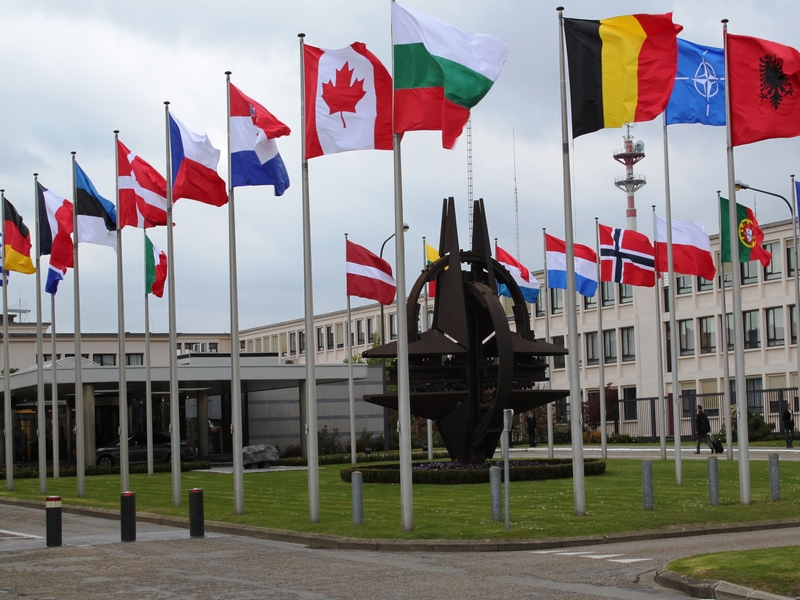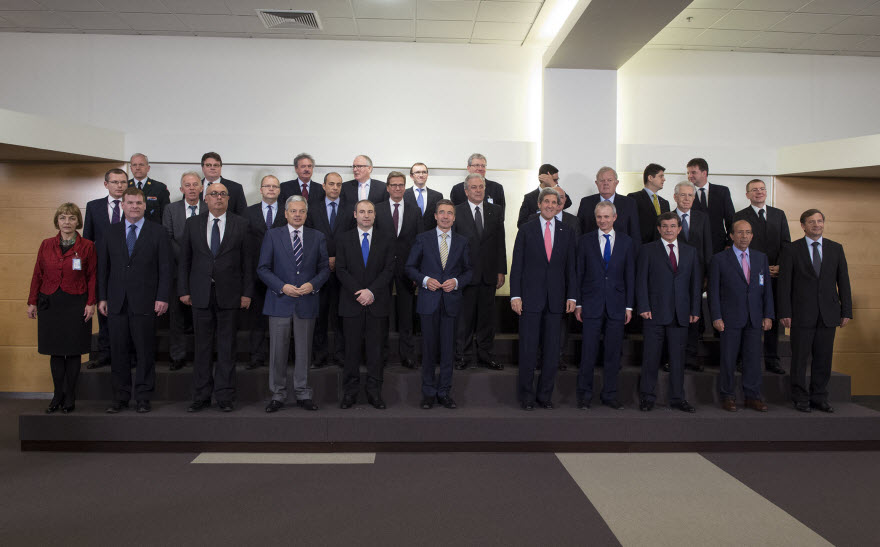Diplomacy dates far back to the very beginnings of our humanity. The concept of embassies can be traced back to the Middle Ages and Early Renaissance period. Our embassies represent a permanent presence in countries all over the world. More than the diplomats and officials who preside in them, their architecture, location, and size say a lot about our intentions and our heritage. Canada’s embassies all over the world are very distinct. They typically incorporate local culture into their setting, but also displays the Canadian mosaic.
Below are examples of Canadian embassies in some of the NATO countries:
The Canadian Embassy in Washington, D.C. – USA
After substantial growth of operations, the Canadian embassy in Washington, D.C had to expand to a new venue. This resulted in the construction of the new embassy in 1989 on 501 Pennsylvania Avenue, the closest embassy to the U.S Capitol Building whose modernist design was crafted by Arthur Erickson of British Columbia. A notable feature of the embassy is the ‘Rotunda of the Provinces’ (pictured below). The twelve pillars represent the provinces and territories of Canada.
Canada House, The Canadian High Commission – London, England
Sitting directly on the west side of Trafalgar Square, Canada House is an icon in the British diplomatic community. Robert Smirke, who was also responsible for designing the British Museum, designed Canada House in the Greek revivalist style. This building was formerly the home of the Royal College of Physicians. Recently, Canada has announced that it is selling its Macdonald House property elsewhere in London in order to consolidate resources in Canada House.
Canadian Embassy Paris, France
The first foreign mission of Canada, the Canadian Embassy in Paris, is located in the 8th arrondissement of Paris. The embassy is near the Arc de Triomphe and the River Seine.
Kanada Haus in Berlin, Germany
Canada House in Berlin was officially opened in 2005. The location, Leipziger Platz 17 was destroyed during the Second World War; this gave an opportunity for the building of the Embassy. While it maintains the façade of a traditional office building, its construction contains some truly Canadian elements. Its exterior is made from Manitoba limestone, granite from Quebec and marble from Ontario. It also has a unique water feature on the roof to represent a river.
Embassy of Canada in Zagreb, Croatia
Built in 1887, the Canadian Embassy in Croatia has been rented since the 1990’s. This embassy also represents Canadian foreign relations with Kosovo.
This is only representative of a few of the many Canadian embassies. These buildings are more than mere bricks and mortar; they represent our foreign missions and the Canadian people. They are beacons for all Canadians wherever they may be in the world.









